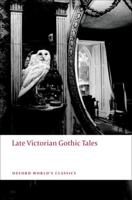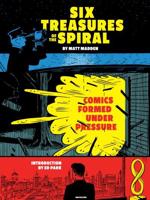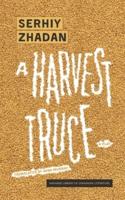Publisher's Synopsis
Excerpt from Probable Causes of Polygamy Among Birds
It has been observed that among animals a prepotent male is likely to generate more females than males, while in the offspring of an impotent male the reverse holds true. This, is it will be seen, tends to balance the sexual proportion among polygamists, for the overproduction of females by a generation of prepotent males would finally exhaust their sexual power by the demands of excessive intercourse and, as a result of the impotency thus incurred, the number of young males would increase. Hence polygamous sexual intercourse, while tending to extinction of the species when carried too far, has within itself a remedy by the natural tendency to increase the percentage of males in the next generation. This compensatory law, whereby nature seeks, as it were, to cure the evil results of polygamous excesses by male overproduction, may explain the present state of affairs as cited by Darwin and quoted above. Evidently the reformatory process is going on at the present day among the species enumerated, be cause the males are yet overtasked by too great preponderance of females. We find strong proof of this in the very examples given, for in the case of the domestic fowl, whose connubial rela tions are wisely regulated by the careful breeder, a larger per centage of female chicks were produced, while the eggs of umre stricted wild pheasants brought forth four times as many males as females. About the Publisher Forgotten Books publishes hundreds of thousands of rare and classic books. Find more at www.forgottenbooks.com This book is a reproduction of an important historical work. Forgotten Books uses state-of-the-art technology to digitally reconstruct the work, preserving the original format whilst repairing imperfections present in the aged copy. In rare cases, an imperfection in the original, such as a blemish or missing page, may be replicated in our edition. We do, however, repair the vast majority of imperfections successfully; any imperfections that remain are intentionally left to preserve the state of such historical works.







